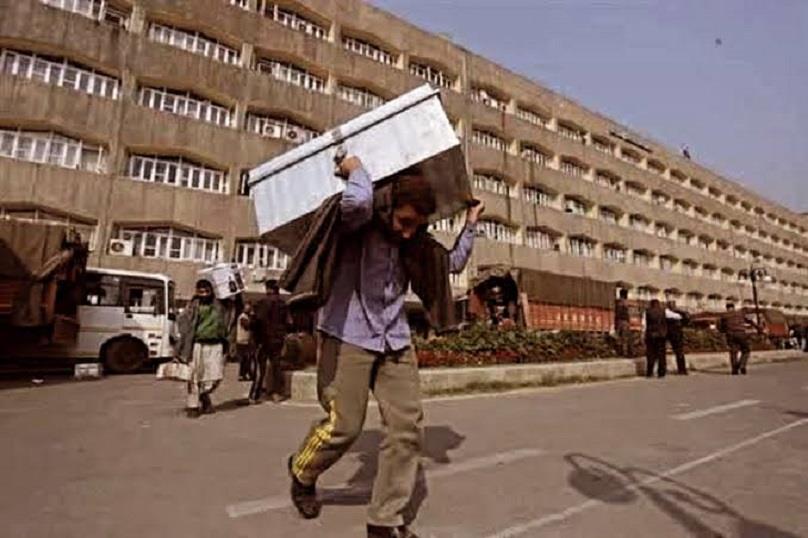
₹200 Crore And Counting: Kashmir's Costly Ritual Returns
File photo
By Basit Rasool Thokero
The decision by Jammu and Kashmir Chief Minister Omar Abdullah to revive the Darbar Move, a colonial-era practice of shifting the Civil Secretariat between Srinagar and Jammu, has reopened an old debate about the region's governance priorities.
First introduced in 1872 by Maharaja Ranbir Singh, the move was intended to balance administrative presence between the two capitals and adapt to seasonal extremes: Jammu's heat and Srinagar's cold.
ADVERTISEMENTOver the years, it became a political ritual wrapped in symbolism, until it was suspended in 2021 by Lieutenant Governor Manoj Sinha for being economically wasteful and administratively unnecessary.
Four years later, its reinstatement feels like a step backward. The question is not about history or symbolism. It is about whether the government can afford such an expensive exercise when the region is still struggling with unemployment, poor healthcare, and underfunded education.
According to official estimates, the biannual shift costs around ₹200 crore every year. This includes the transportation of files, furniture, and equipment, the payment of travel allowances and accommodation for thousands of employees, and the logistics of running two capitals.
For a Union Territory that continues to rank among India's most resource-constrained regions, this expenditure raises tough questions.
Can a government that claims to be digitized justify spending this much money on a symbolic migration of files and officials?
The funds could instead be used for repairing flood-hit infrastructure, improving hospitals, building schools, or creating jobs for young people who are increasingly leaving Kashmir in search of livelihood.
When a single administrative tradition consumes the equivalent of dozens of developmental projects, it reflects a deep mismatch between governance and ground realities.
Supporters of the Darbar Move often argue that it boosts local economies in both regions, as officials and their families spend money on housing, travel, and services. But this argument overlooks who truly benefits.
Many believe that the move primarily enriches a small class of officials and business owners, particularly those with hotels and commercial properties in Jammu.
Each transfer season guarantees a surge in demand for accommodation, creating steady profits for the well-connected few while the larger public foots the bill.
The practice also imposes a serious human cost on employees.
Twice a year, thousands of families are forced to pack up and relocate, disrupting children's schooling and separating families. Many employees leave behind elderly parents and young children as they move between the two capitals.
What was once considered a matter of prestige has become a recurring emotional and financial strain.
For many civil servants, the Darbar Move is a dreaded ordeal that drains both morale and savings.
It is telling that the Jammu and Kashmir High Court, in its 2020 judgment, called the practice an unnecessary and wasteful activity with“no legal justification or constitutional basis.”
The court observed that such movements consume“a tremendous amount of time, effort, and energy” that could be better spent addressing the needs of the people. It even questioned the logic of diverting limited public resources toward non-essential traditions at a time when the Union Territory was struggling to provide basic services.
Despite this clear judicial disapproval, the government's decision to bring the Darbar Move back reflects a troubling sense of misplaced priorities.
It shows how political symbolism often triumphs over administrative sense.
The same machinery that struggles to meet employment targets or restore proportionate reservation for students has acted with remarkable efficiency to revive a colonial legacy.

Legal Disclaimer:
MENAFN provides the
information “as is” without warranty of any kind. We do not accept
any responsibility or liability for the accuracy, content, images,
videos, licenses, completeness, legality, or reliability of the information
contained in this article. If you have any complaints or copyright
issues related to this article, kindly contact the provider above.
















Comments
No comment